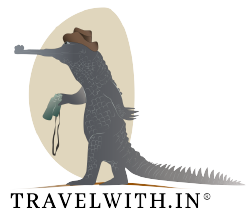As a kid, the month of March was one of my favorite times in the year. It was in March, we as a family (back then 30 of us, elderly, uncles, aunts, cousins) would make our annual trip to Kaila Devi temple near Karauli in Rajasthan. For us kids, it was a grand event – it was a family get together. All the kids would wake up earlier than usual in order to get dibs on seats in the family’s prized Jonga, the adults in other cars and we would make our way to Karauli in an armada.
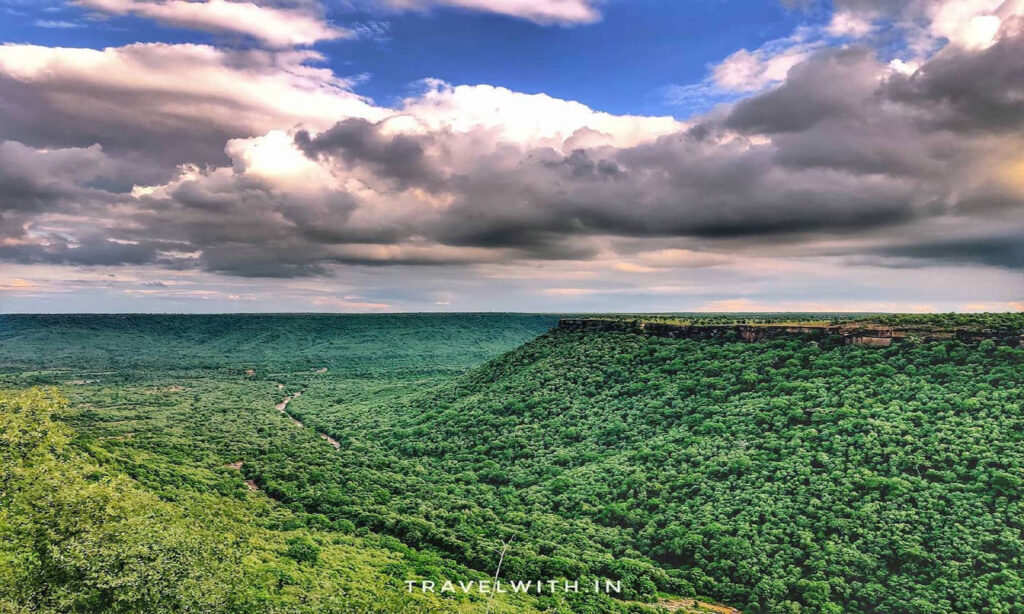
Kaila Devi Wildlife Sanctuary Luxury Hotel
It was essential that we traveled together in a group as the area was (till the 90s) notorious for dacoits/bandits. The region is also densely forested with criss crossing ravines so deep that even the Sun’s rays can’t penetrate the forest floor. We would stay the night in a dharamshala, bathe early morning in cold water straight out of a well, pay homage to the goddess Kaila Devi and head back or onwards to our next destination. Not once, did we venture beyond the temple complex in to the wildlife sanctuary.
I am always on the look out for off-beat places in India for my guests. Places that are not yet commercial – rich in wildlife, nature and offer great personal service. Kaila Devi Wildlife Sanctuary came as an obvious choice to explore given it’s close proximity to Agra (4 hours), Jaipur (3.5 hours) and 5 hours now from Delhi with the new Delhi – Mumbai expressway.
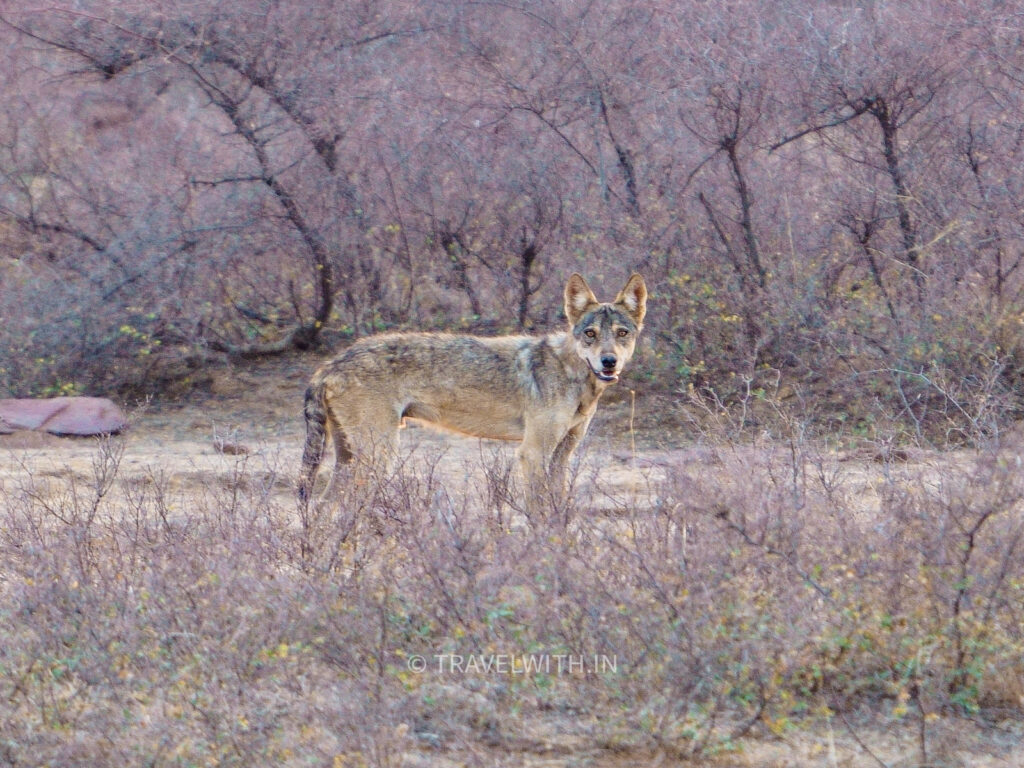
Indian Wolf in Kaila Devi Wildlife Sanctuary
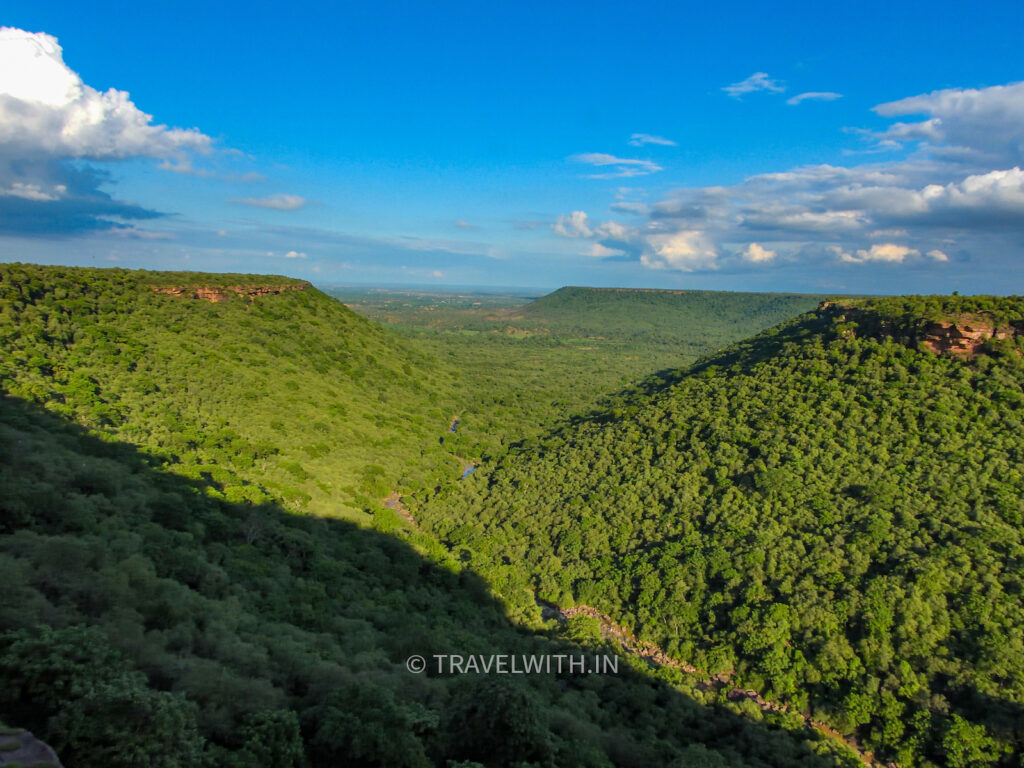
Kaila Devi Wildlife Sanctuary
In 2018 I visited Karauli and I did so with the intentions of exploring the Kaila Devi Wildlife Sanctuary which is now recognized as a haven for Indian wolves, hyenas, sloth bears and smaller cat species. Please keep in mind that this holiday is not ideal for those of you looking to spot tigers. There are supposedly 3-4 tigers in this vast area but spotting them in this kind of habitat is near impossible.
My first stop, a comfortable 3 hour drive from Agra on pretty decent roads was Karauli city. Crowded with vehicles and people, it is the gateway to Kaila Devi temple which is another 45 minutes drive from the city. Most people halt in Karauli, visit the temple and then head back home. Karauli does have a palace and the royal family has a heritage hotel which is a great option to stay overnight if you’re visiting the area. The ambience and rooms are royal and the hospitality outstanding.
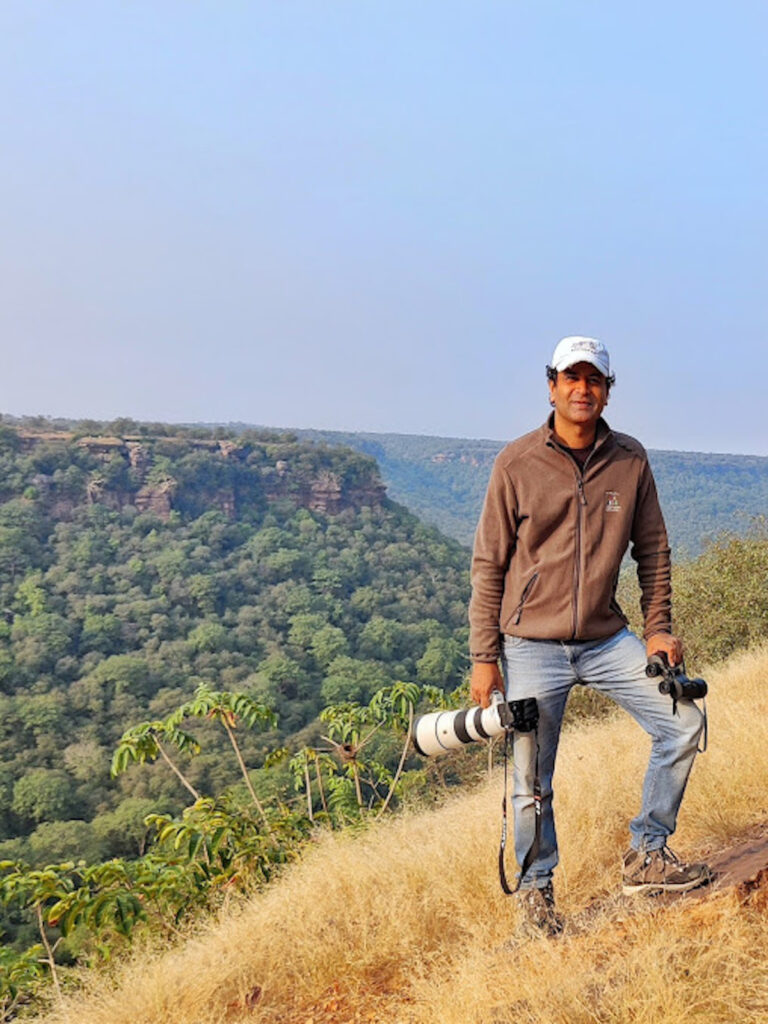
Hiking in Kaila Devi Wildlife Sanctuary
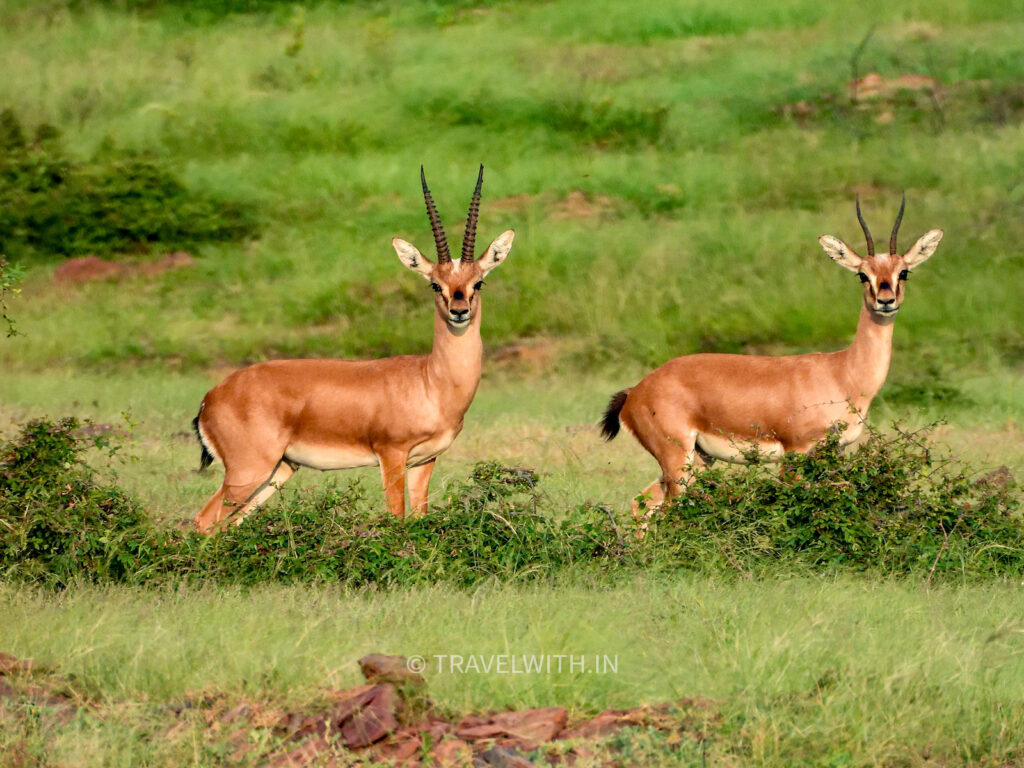
Indian Gazelles
The wildlife sanctuary is around 700 sq. km of scrubby dry forest with gorges also known as a ‘kho’ in Hindi that swell up with water during the rainy season. The Sanctuary serves as an extended corridor to Ranthambore Tiger Reserve. At the same time the sanctuary is home to 40+ villages. Most of the villagers own thousands of livestock. Then there are migratory shepherds who come and go depending on abundance of vegetation for their livestock. This heavy movement of humans and livestock poses a big challenge to the Forest Department who is trying hard to make this a safe corridor for the wildlife – leopards, sloth bears, wolves etc and the occasional tiger that makes its way from Ranthambore.
One of the main attractions in this area are the massive ravines or khos. Especially in the monsoon season the natural landscape is stunning and the views unbelievable as most people associate Rajasthan as parched, dry and desert country. I was shocked to see the depth of some of these ravines and also surprised to know their existence as when you’re driving on the surface you don’t expect it to all of a sudden give way to over a 100 feet of free falling cliffs.
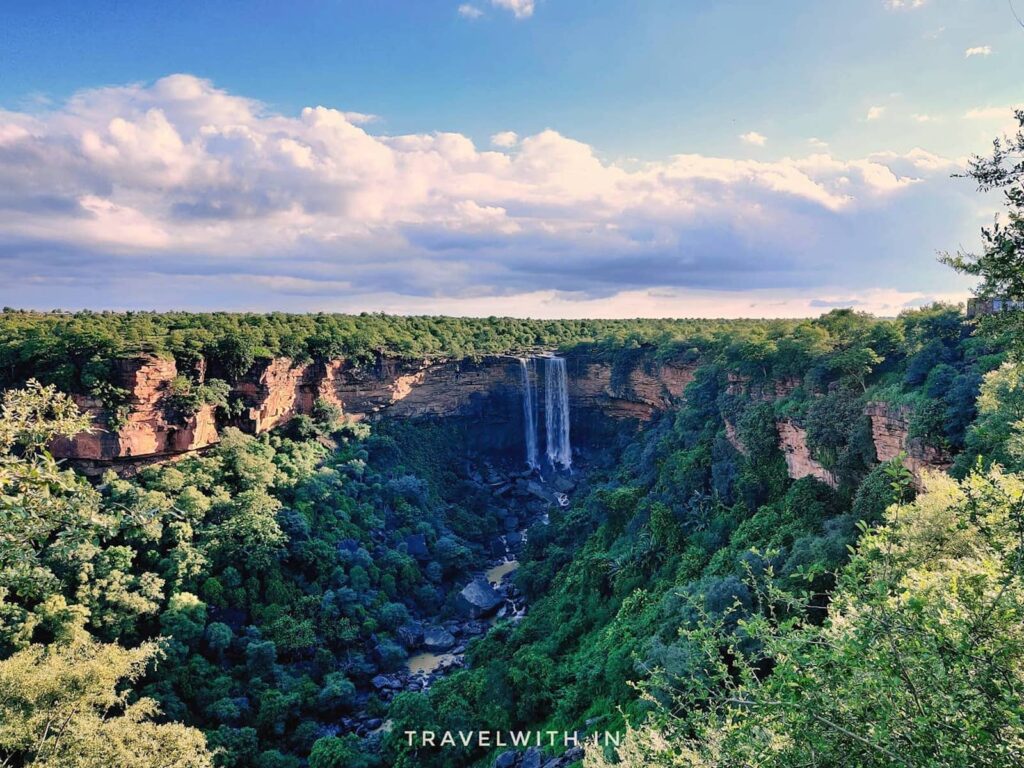
Kurkeshwar Waterfall in the Monsoon
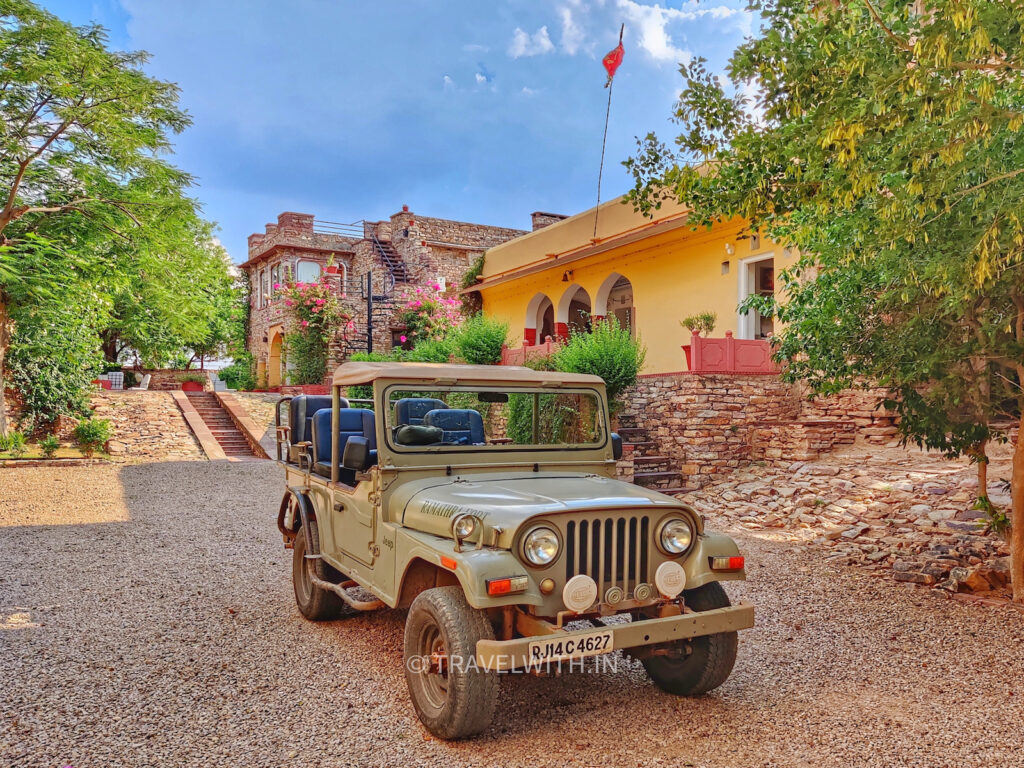
Ramathra Safaris in Vintage Jeeps
As such, if you are specifically going for the wildlife and intend to do safaris, you definitely need to have access to a vehicle with high ground clearance as you will have to go off road with rocky boulders everywhere and most importantly you need someone who knows the tracks and where to go as there are none marked inside the Sanctuary.
I explored the Karanpur range and the forests around Sapotara. As we drove in the interiors and away from the villages it became more dry, dusty and warmer than normal. At points we were completely off road but thanks to my friend Mr. Ravi Pal Singh, the owner of Ramathra Fort and a local tracker we were able to manoeuvre without getting lost. It would be safe to say that venturing in to the buffer zone of the sanctuary without local intel is a terrible idea.
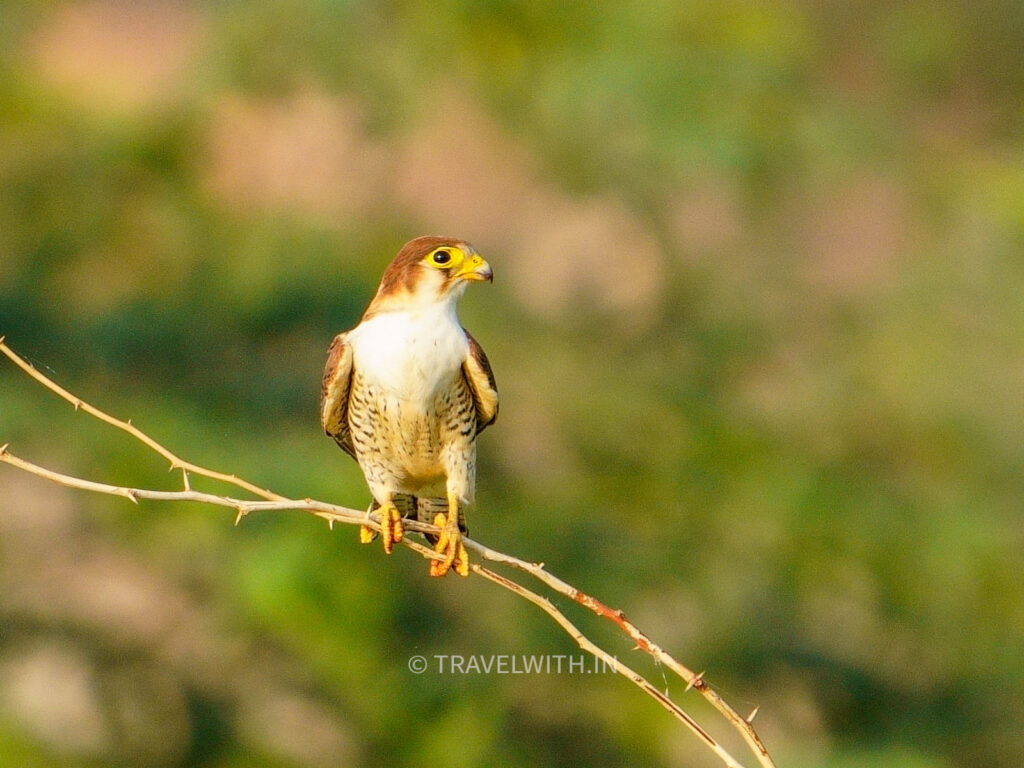
Red-necked Falcon
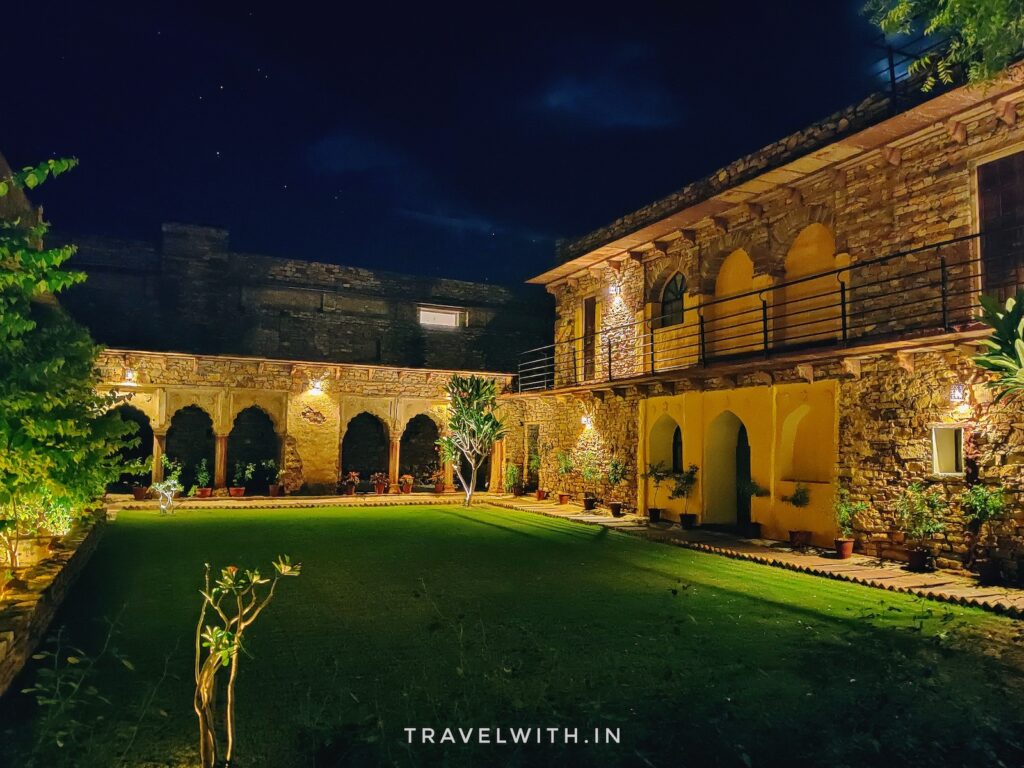
The Night Sky at Ramathra Fort
Ravi’s ancestors were granted a jagir (fiefdom) – Ramathra by the Maharaja of Karauli in 1645. His family has graciously opened up their 17th century fort as a luxury heritage hotel. Ramathra is devoid of traffic, pollution and all things urban (including the television). His father Thakur Brijendra Raj Pal ji and Ravi’s son Udit are equally fond of wildlife and the wilderness and are excellent hosts.
I strongly recommend going on jungle drives early in the morning or at dusk if you’re keen to observe wildlife and birds. During migratory season, several migratory bird species can be spotted in the many water bodies in and around the Sanctuary.
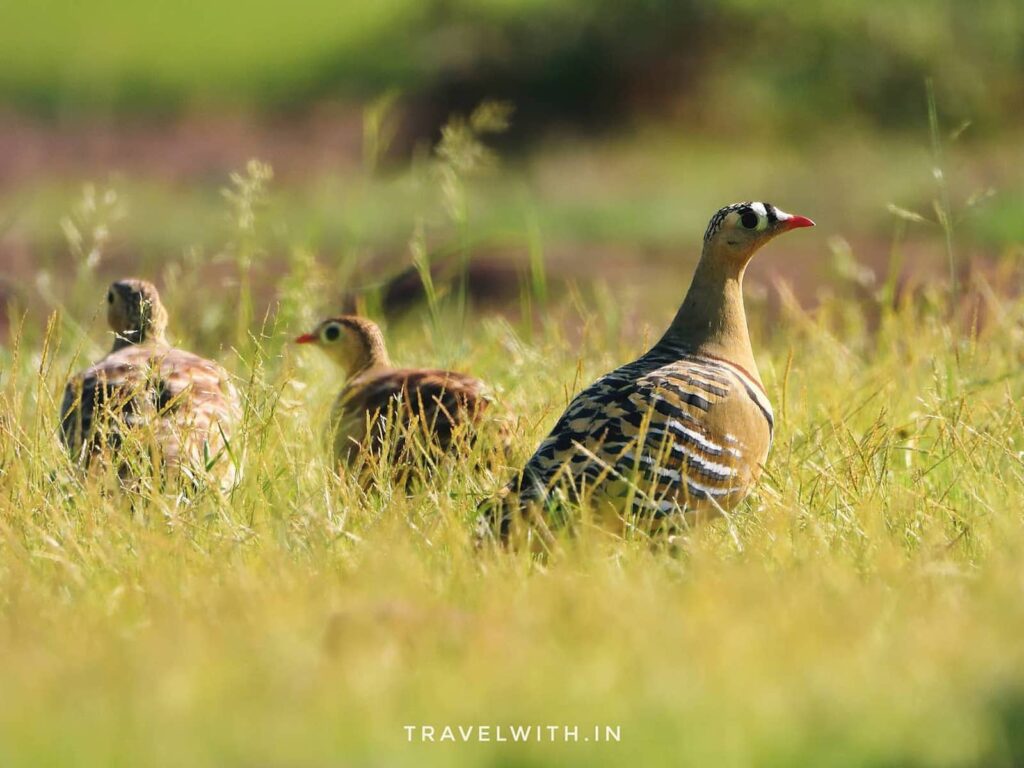
Painted Sandgrouse
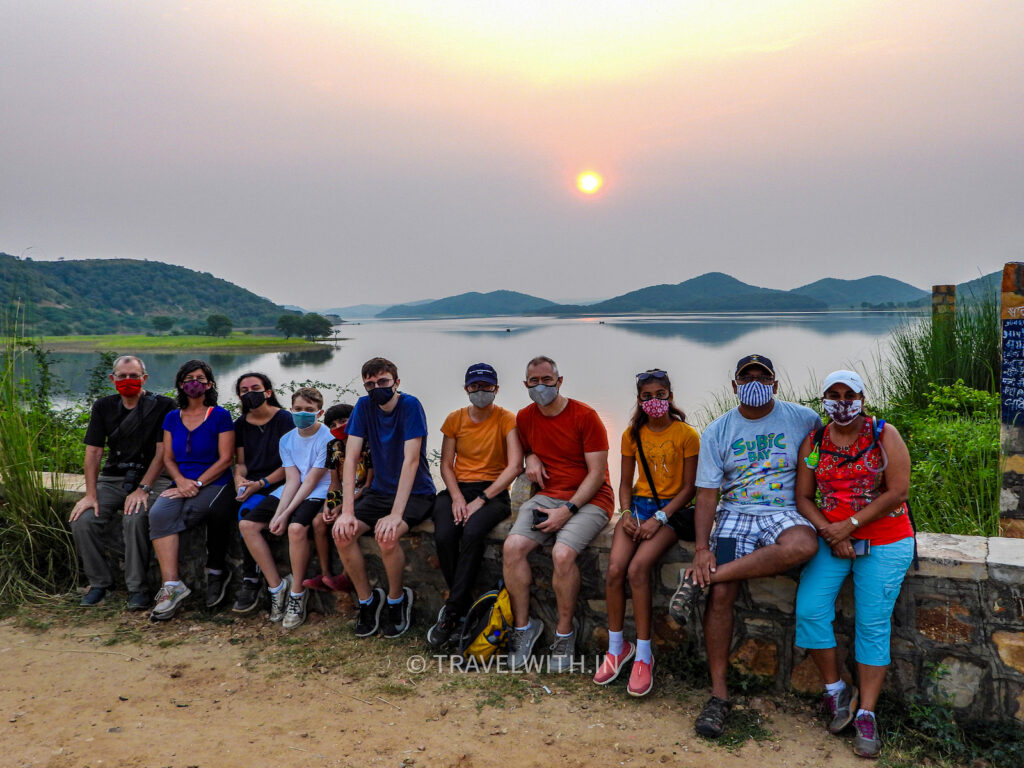
Guests by Kalisil Lake
Some of the more commonly seen wildlife during the game drives include the Indian Fox, Nil Gai (Blue bull), Chinkara (Indian Gazelle), Cheetal (Spotted deer), Hyena, Jungle cat, Indian hare, Indian Grey Mongoose, crocodiles and several species of birds such as painted spur fowl, painted sand grouse, black stork, flamingos, pelicans, common wood shrike, plum headed parakeets, alexandrine parakeets, larks, owls, drongos, quails, weavers, swallows, vultures and buntings etc. We also saw fresh tiger pug marks in one of the khos way beyond Ramathra. Caracal, Desert, Jungle and Rusty-spotted cats have also been spotted by the Ramathra team.
I believe Kaila Devi Wildlife Sanctuary is a great place to explore if you’ve looking to lay low, cut off from big city life and looking forward to being in the middle of nowhere. Wildlife sightings are all about luck and timing and I am pretty you will have a stellar time even if you do not spot Indian wolves or any large mammals.
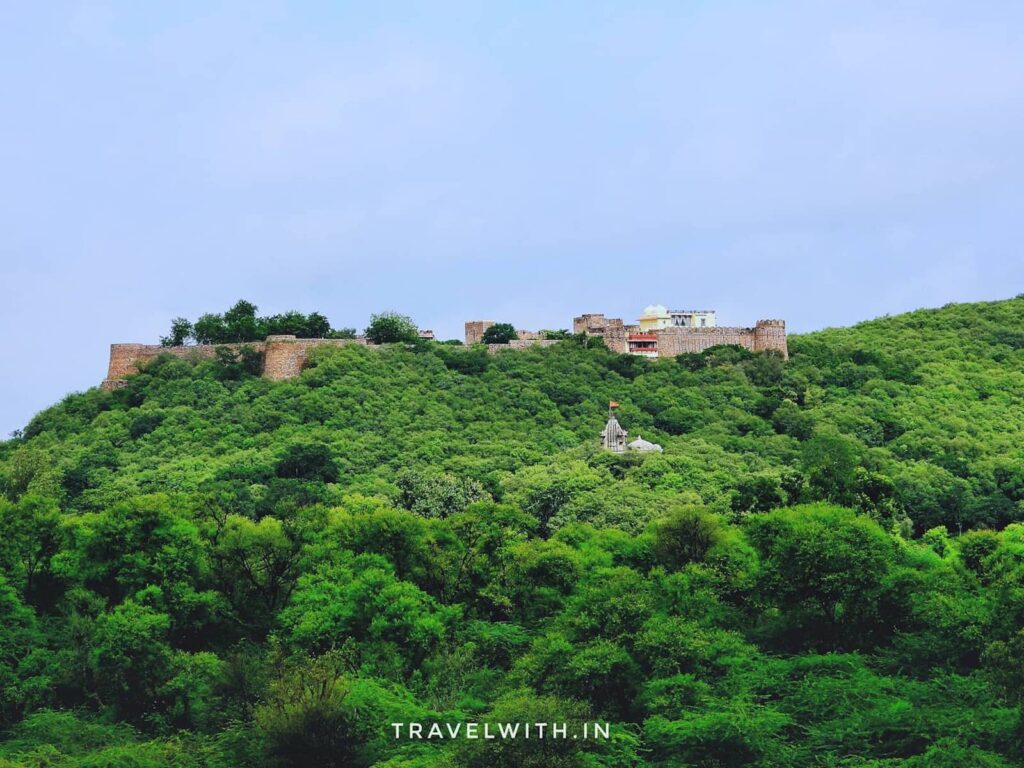
Ramathra Fort in the Monsoon
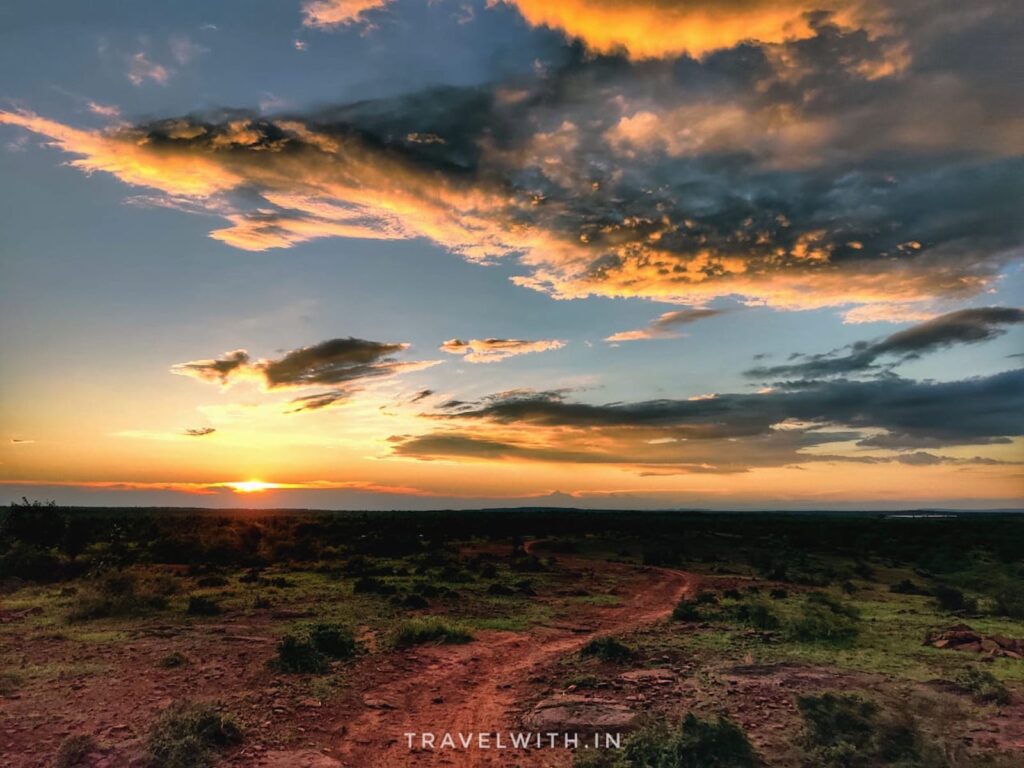
Wilderness drive in Kaila Devi Wildlife Sanctuary
A trip to Kaila Devi Wildlife Sanctuary can be combined with a trip to Chambal near Agra (from October to March) Bharatpur Bird Sanctuary (from October to March) and Ranthambore Tiger Reserve (from October to June).
